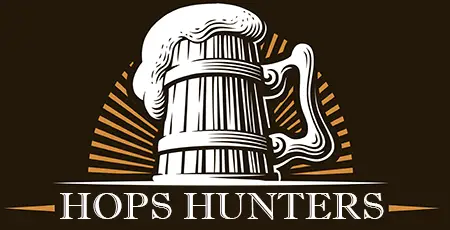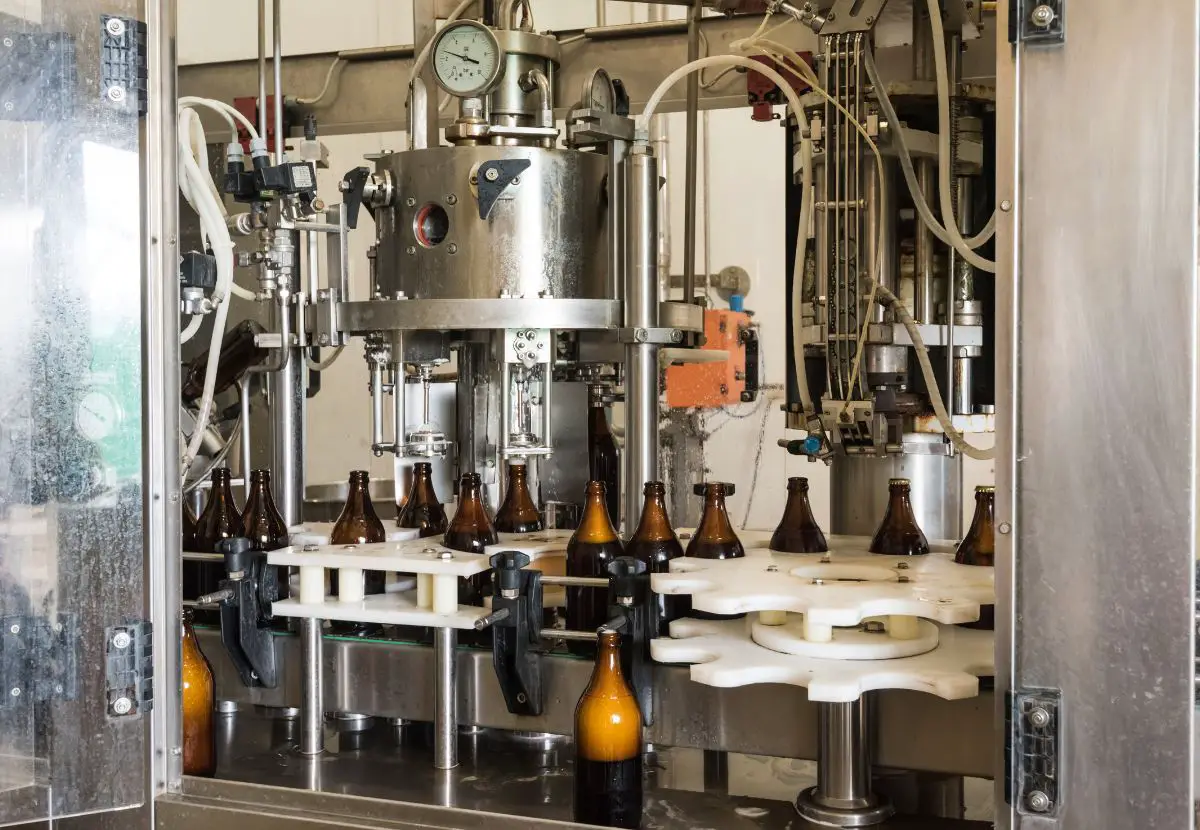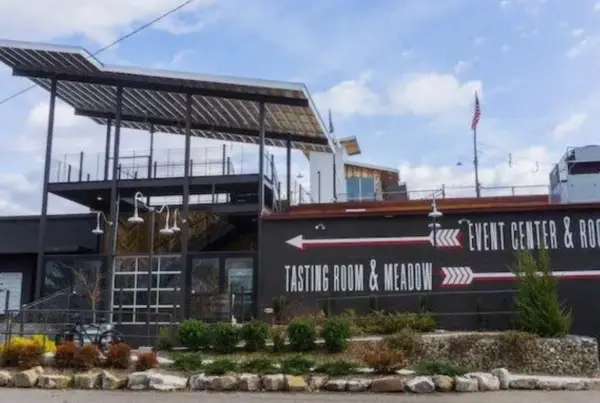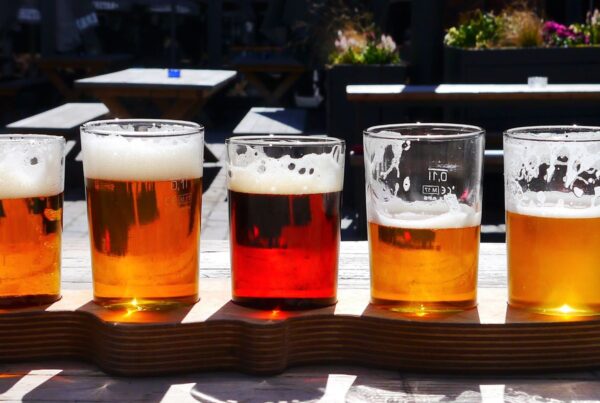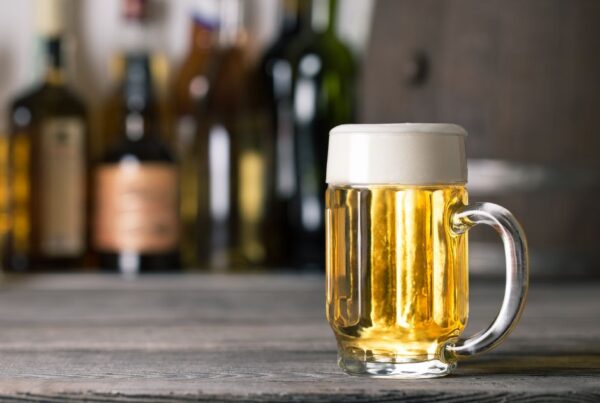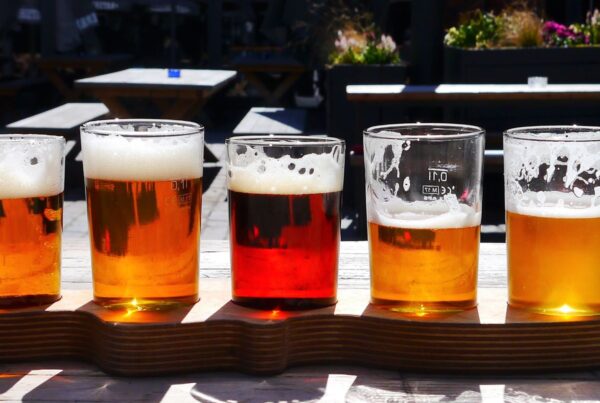How Long to Bottle Condition Beer (Optimal Time for Peak Flavor)
It might sound like some kind of complicated beer lingo, but bottle conditioning is the heart and soul of many great beers. It’s not about expensive brewing equipment or fancy techniques—it’s about using the basic ingredients of beer in a thoughtful, scientific way to create something that stands out in a glass.
Bottle conditioning takes what’s already a good beer and adds an extra layer of character and authenticity. You can think of it like a final step that says, “Okay, let’s make this something special.”
For those of you who appreciate the nuances of a well-crafted brew, bottle conditioning is a behind-the-scenes process you’ll want to know about. It’s how many small-batch breweries, and even some of the more adventurous homebrewers, get that “next level” fizz and flavor that sets their beer apart from the run-of-the-mill six-pack.
So whether you’re an aspiring homebrewer or just someone who enjoys understanding what goes into making a great beer, this guide is for you. No frills, no fuss—just the straight talk on how to take your beer to the next level (and how long it’ll take to get there).
The Science of Bottle Conditioning
Bottle conditioning, which involves adding sugar to the beer before sealing it in bottles, initiates a secondary fermentation inside the bottle itself. The yeast consumes the added sugar, producing alcohol and carbonation (CO2).
Far from being a mere technical step, bottle conditioning is an artisan’s touch that infuses life into the beer. Unlike forced carbonation methods, bottle conditioning creates natural fizziness that contributes to the flavor and aroma of the beer, as well as the mouthfeel (texture).
This “natural carbonation” technique can significantly enhance your brew’s flavor profile. Here’s how it works:
- Add Priming Sugar: Pour the priming sugar into your bottling bucket filled with beer.
- Seal the Bottles: Securely seal them up to trap the fermentation byproducts.
- Yeast Action: The residual yeast from primary fermentation consumes the sugar, producing alcohol and CO2.
- Carbonation: Trapped inside the sealed bottle, the CO2 creates the delightful bubbles associated with fully carbonated beers.
Different yeasts behave uniquely during this stage, and understanding this can enhance your brew’s flavor profile:
- Light Lagers – Usually achieve optimal carbonation levels more quickly, consistent with their refreshing and straightforward characteristics.
- Pale Ales – Typically benefit from less aggressive carbonation, in line with their lighter and crisper taste.
- Imperial Stouts – May require a longer conditioning time to allow for the development of deep and robust flavors.
- Belgian Ales – Often require specific high-carbonating strains, matching their rich/complex flavors.
Note: Monitoring this process is essential, as over-carbonation can easily lead to bottles overflowing or bursting. Storing the bottles at room temperature is crucial, as colder conditions may stall or halt fermentation.
Optimal Bottle Conditioning Times for Peak Beer Flavor
- Light Lagers – Typically ready in 1 – 2 weeks.
- Pale Ales – Generally need 2 – 3 weeks for balanced carbonation and flavor.
- Imperial Stouts – May require 3 – 4 weeks or even more to allow for the development of complex flavors.
- Belgian Ales – Depending on the specific strain and desired flavor complexity, these might need anywhere from 2 – 6 weeks.
Remember: These times can vary based on the specific recipe, yeast strain, and personal preferences, so always consult your brewing guidelines or with an experienced brewer first, then experiment to find the perfect balance for your particular brew.
Factors that Influence Conditioning Time
- Beer Style – Different beer styles necessitate varying conditioning times. Lighter beers, such as lagers, may be ready for sipping sooner than rich imperial stouts or complex Belgian Ales due to their inherent traits.
- Alcohol Content – High-ABV beers require additional time during primary fermentation and subsequent bottle conditioning. This waiting period lets the flavors blend harmoniously, creating a balanced taste worth the wait.
- Ingredients – The type of hops or adjuncts like fruit or spices can extend the required conditioning duration, having further effects on flavor development.
Guidelines for Achieving Optimal Conditioning
Priming Sugar Measurement: Precisely measuring priming sugar during bottling is crucial for controlling carbonation levels.
Consistent Fermentation Temperature: Generally, maintaining a stable room temperature between 68°F – 72°F (20°C – 22°C) during primary fermentation ensures flavor development and proper carbonation. However, it’s worth noting that different yeasts and beer styles may require specific temperature ranges for optimal results. Always refer to your particular recipe, yeast strain specifications, or consult with an experienced brewer to determine the best fermentation temperature for your particular brew.
Over-Conditioning – A Risk to Be Aware Of: Specific beer styles like pale ales might lose their crisp taste if conditioned for too long. Worse, excessive conditioning can result in an unpleasantly fizzy drink, overflowing, or even bottles bursting. (We all remember the Schraderbräu incident of 2009.) Adhering to recommended priming sugar ratios and carefully monitoring the brew can help avoid these issues.
The Bottom Line
Bottle conditioning. It’s more than just a finishing touch—it’s the key to unlocking some serious flavor in your beer.
Time it right, and you’ll be sipping on something truly special. Overdo it? Well… let’s just say things can get messy.
It may seem like a lot of extra effort, but then again, so is cleaning beer off your ceiling. So stick with the guidelines, mind the sugar, and keep an eye on those bubbles, and soon, you’ll be toasting to a job well done.
Interested in making your own beer at home? Check out comprehensive guides, expert beer reviews, and information about all things beer at Hops Hunters!
